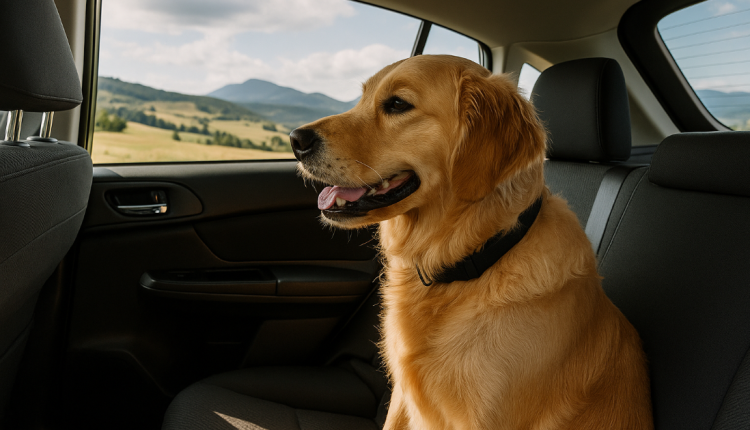Navigating the Open Road: A Comprehensive Guide to Traveling with Pets
Embracing the Journey with Your Furry Companion
Embarking on a road trip with your pet can be an enriching experience, strengthening the bond between you and your animal companion. However, it requires meticulous planning to ensure safety, comfort, and enjoyment for both of you. This guide provides essential insights into preparing for and executing a successful road trip with your pet.
Pre-Trip Preparations: Setting the Stage for Success
Before hitting the road, it’s crucial to assess your pet’s readiness for travel. Schedule a veterinary check-up to ensure they’re healthy and up-to-date on vaccinations. Discuss any concerns, such as anxiety or motion sickness, and consider microchipping your pet or updating their identification tags to include current contact information.
Acclimating your pet to car travel is essential. Start with short drives, gradually increasing the duration to help them adjust. Familiarize them with their travel crate or harness, making it a comfortable and secure space. Ensure the crate is well-ventilated and large enough for your pet to stand, turn around, and lie down comfortably.
Packing Essentials: Ensuring Comfort and Safety
A well-packed travel kit can make the journey smoother. Include food, water, bowls, leash, waste bags, grooming supplies, medications, and a first-aid kit. Bring along your pet’s favorite toys and bedding to provide a sense of familiarity. Don’t forget to carry your pet’s medical records and any necessary travel documents.
On the Road: Maintaining Routine and Vigilance
During the trip, maintain your pet’s regular feeding and exercise schedule as closely as possible. Avoid feeding them in a moving vehicle to prevent nausea; instead, offer meals during rest stops. Provide access to fresh water at all times, using spill-proof bowls to minimize messes.
Plan for frequent breaks—every two to three hours—to allow your pet to relieve themselves and stretch their legs. Always use a leash during these stops to prevent accidents or escapes. Never leave your pet unattended in the car, as temperatures can rise rapidly, posing serious health risks.
Safety Measures: Protecting Your Pet and Fellow Travelers
Securing your pet in the vehicle is vital for their safety and that of other passengers. Use a crash-tested crate or a pet seatbelt harness to restrain them. Avoid allowing your pet to ride with their head out the window, as this can lead to injuries from debris or sudden stops. Keep them in the back seat to minimize distractions and protect them from airbag deployment in case of an accident.
Accommodations: Finding Pet-Friendly Lodging
Research and book pet-friendly accommodations in advance. Many hotels and motels welcome pets, but policies and fees vary. Inform the staff upon arrival that you have a pet, and adhere to any established rules. Bring a crate or carrier for your pet to use in the room, and avoid leaving them alone for extended periods.
Health Considerations: Monitoring Your Pet’s Well-being
Be vigilant for signs of stress or illness in your pet during the trip. Symptoms such as excessive panting, drooling, lethargy, or vomiting may indicate discomfort or health issues. Keep your veterinarian’s contact information handy, along with details of emergency veterinary clinics along your route.
Conclusion: Creating Lasting Memories
Traveling with your pet requires careful planning and attentiveness, but the rewards are immeasurable. By prioritizing your pet’s comfort and safety, you can enjoy a memorable journey filled with shared adventures and strengthened companionship. Embrace the open road, and let the journey deepen the bond between you and your furry friend.

